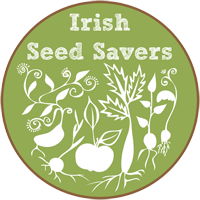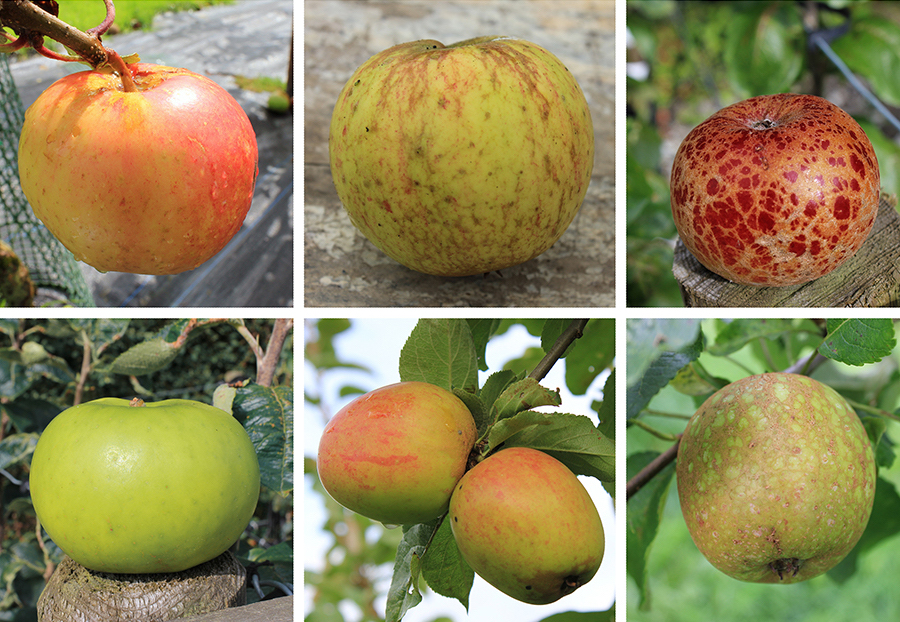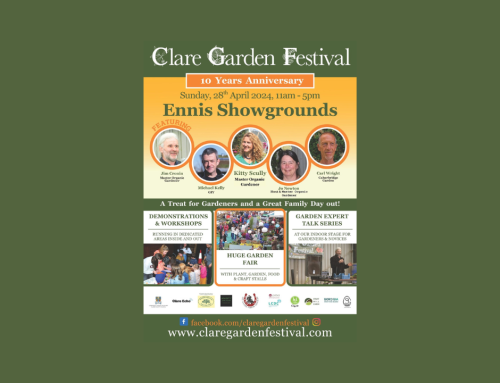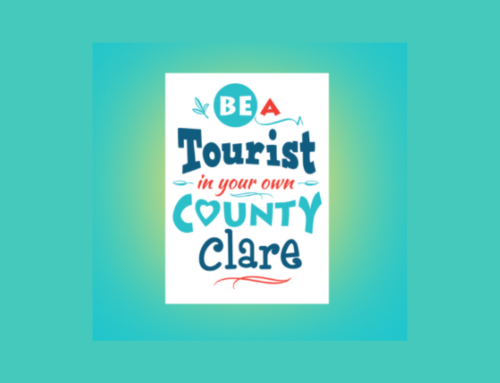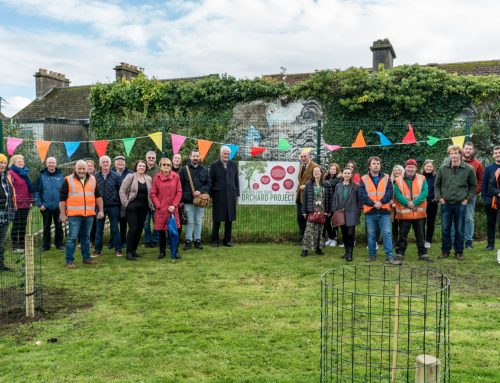When you think of the ‘perfect apple’, for many, the traditional red and green, shiny, crisp and crunchy apple springs to mind. When you go to the supermarket you will see rows and rows of these ‘perfect’ apples, but dig a little deeper and you’ll soon discover they are far from perfect. In fact that apple you might buy in the supermarket is most likely more than six months old.
In Ireland we spend €100 million a year on apples and shockingly 95 percent of these apples are imported from New Zealand, France and South Africa[1]. Large supermarket chains like Tesco’s, Sainsbury’s etc. have freely admitted that some of their ‘fresh’ apples were really picked between six and twelve months previously. AgroFresh, a ‘leader in differentiated freshness-keeping technologies’ have developed a technology that allows apples to be stored and transported from as far away as New Zealand.
The apples are placed in warehouses or containers with a ‘modified atmosphere’ that prevents ripening. This technology is known as SmartFresh and works by using a sugar-based powder containing the active ingredient 1-methylcyclopropene (1-MCP). Mixed with tap water 1-MCP is released into the air inside the warehouse or container. The 1-MCP blocks the fruit’s natural release of ethylene, which prevents the fruit from ripening, until they are taken out of cold storage.[2] Now doesn’t that sound perfect? This allows us to eat fruit out of season all year round, but at what cost to our heritage varieties?
Rows & Rows of the same shiny apples.
Here at Irish Seed Savers we house the national collection of Irish heritage apple trees, with over 180+ varieties in our orchards. Our mission is to conserve, propagate and sell these varieties to the general public, thus keeping these older varieties alive.
We feel that ‘russets’ are some of the best tasting, yet overlooked, apples to be found. The word “russet” refers to the rough or dull patches of skin that can be found on some apple varieties, apple enthusiasts often refer to the russet as “lacing”, as it looks like a piece of lace covering the apple. Some find the roughness of the skin detracts from the apple, it can be corky, grainy or even bumpy. Personally, I think the opposite and consider it a very attractive feature. The darkness of the russet is offset by the fruit’s natural colouring, Scarlet Crofton is a great example of this.
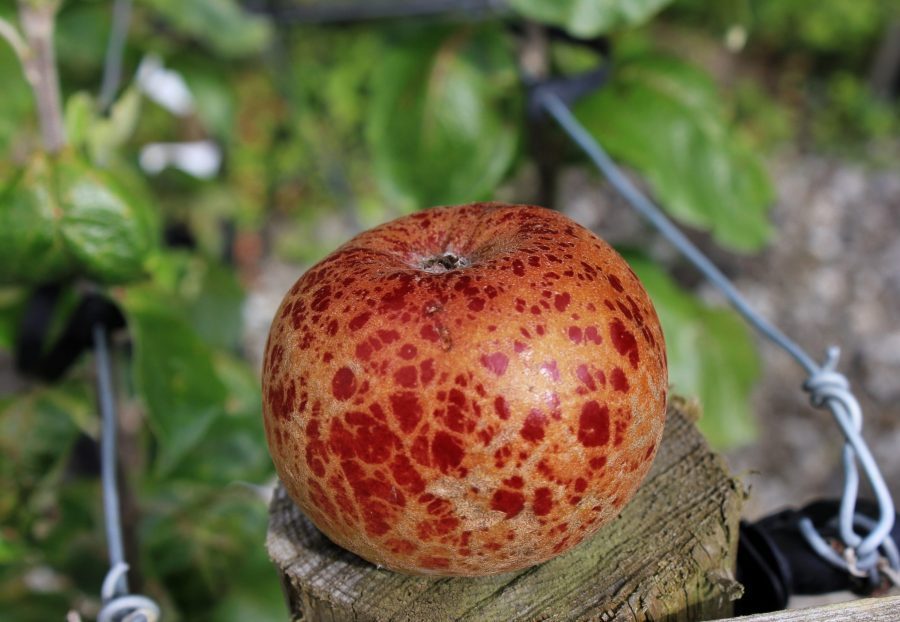
No one really knows how or when russet apples fell out of favour, but it is generally thought the increased industrialisation within the apple industry was the main factor and the lacing was seen as some sort of scarring or disease.
Russeting is now only largely seen in heritage varieties but if you set aside the demand for the ‘perfect’ and explore Ireland’s heritage apples you will discover a myriad of tastes. The flavour that comes from a russet is far more established and distinct. A lot of russets in our collection are crisp eating apples and their fragrant oil content can give them a subtle citrus taste. For this reason they are very popular with craft cider producers in search of diverse tastes. They strike a subtle balance of acidity and sugars, with a characteristic aftertaste.
Thanks to your continued support and generous donations, we are able to continually conduct research projects on our apple tree collection.
Please feel free to visit our website to stay up to date, or even donate, to these projects and help us conserve these rare Irish Heritage varieties, now and for future generations.
As you walk around the supermarket doing your weekly shopping and come across the apple displays I’d encourage you to keep walking by, abandon the pursuit of the perfect apple. Attend your local farmers markets on the hunt for a russet and once found I’m sure you’ll tell yourself “that’s the best tasting apple I’ve had in years”.

